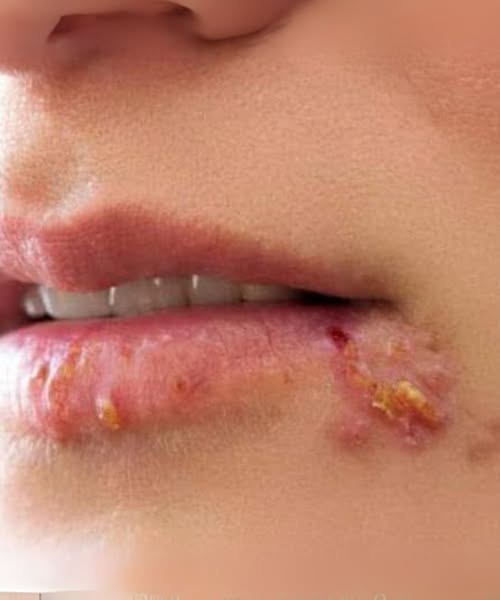The herpes simplex virus type 1 (HSV-1) is the common cause of cold sores, also known as fever blisters. Although they are typically not harmful, they are communicable, frequently painful, and have a tendency to return after consumption. Because the virus hides in nerve cells and reactivates when triggered, it remains in your body for the rest of your life.
What Causes Cold Sores?
The primary cause is HSV-1, which is frequently acquired during childhood through intimate contact, such as kissing or sharing objects. The virus settles in your body after the initial infection and may do nothing for a long time.Depending on how they are spread from person to person, HSV-1 and HSV-2, which are more frequently associated with genital outbreaks, can have varying effects in different regions.
What Could Cause an Outbreak?
Even when the virus is “sleeping,” there are some circumstances that can trigger a flare-up:
Stress (physical or mental)
Being ill (such as getting a fever or cold)
Insufficient immunity
Hormonal fluctuations (e.g., menstruation)
exposure to the sun, particularly on the lips
Weariness or sleep deprivation
Sores around the mouth, nose, chin, or cheeks are typically the first signs of an outbreak.
👄 Indications to Look Out for
Before they appear, cold sores frequently exhibit the following warning signs:
Feelings of tingling, itching, or burning
Swelling or redness close to the lips
Then, in a day or two:
Blisters typically show up in clusters.
They swell, rupture, and develop a crust.
Usually, healing takes two to four weeks.
Early treatment can lessen symptoms and prevent them from spreading.
